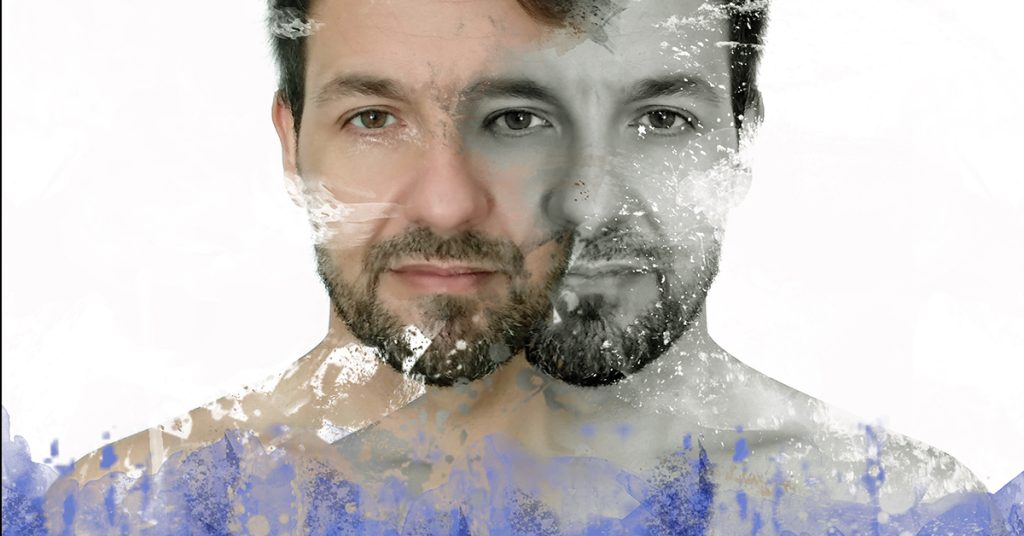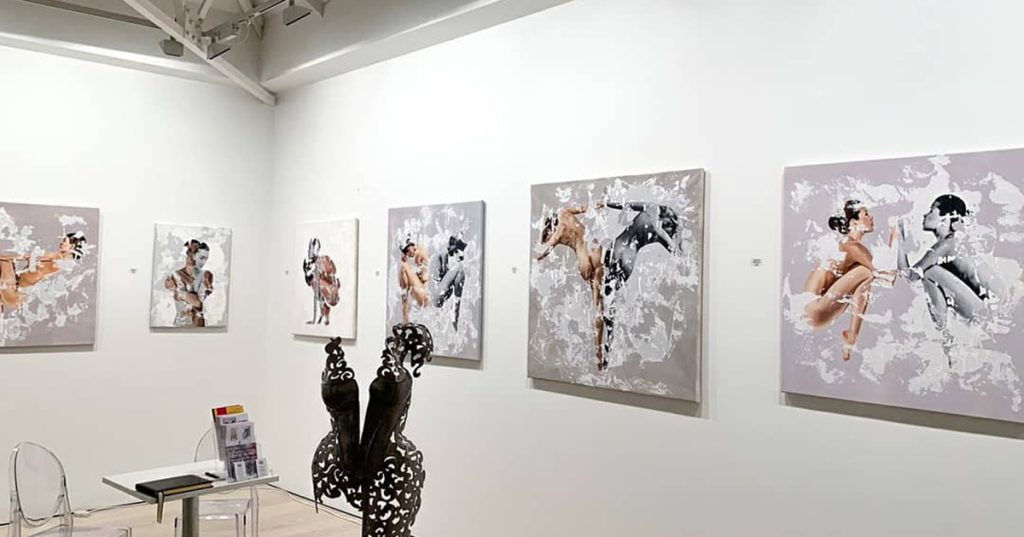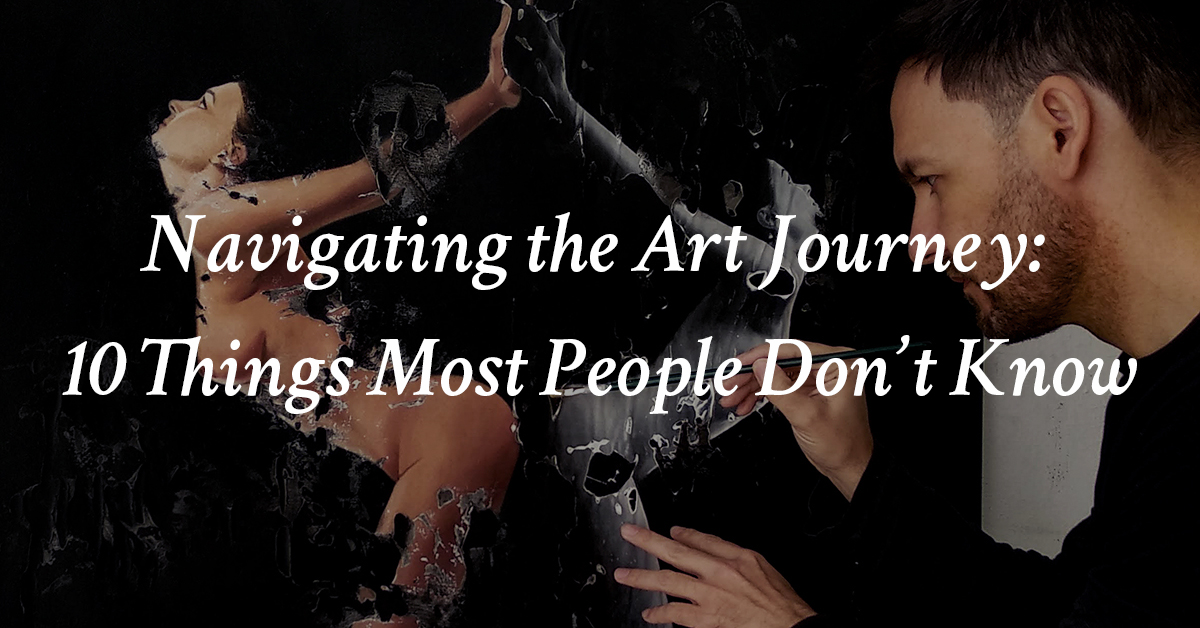
- Introduction
- What to Know Before Embarking on Your Art Journey
- Starting an the Art Journey
- Five Things an Artist Needs to Be Successful
- Skills Every Artist Should Know to Success on their Art Journey
- What Beginner Artists Should Practice
- What Beginner Artists Need
- Understanding an Art Journey
- Making a Living as an Artist
- Key Skills Every Artist Must Acquire on Their Art Journey
- Five Things that Inspire Artists
- The Art Journey: Habits of Successful Artists
- 10 Things Most People Don't Know about Artists
- Conclusion
Introduction
The art journey is a transformative exploration of self-expression, creativity, and growth, where artists embark on a path of discovery to unleash their unique artistic voice and navigate the ever-evolving landscape of the art world..
Hello, my name is Raúl Lara. I am a professional artist from Spain with over 10 years of experience, I have sold more than 150 paintings and exhibited in some of the world’s major cities, including London, Paris, and New York. However, the road to success has not been easy, and I still face many challenges in the art world today. In this article, I will provide valuable insights into the realities of being a professional artist and share tips and advices on how to succeed in this competitive field.
Additionally, we’ll explore 10 things about an artist’s journey that most people may not know. From dealing with rejection and self-doubt to building relationships and adapting to new technologies and trends, this article aims to provide valuable insights and tips for artists looking to succeed. So, whether you’re a beginner or a seasoned professional, read on to learn more about what it takes to thrive in the competitive and rewarding world of art.
What to Know Before Embarking on Your Art Journey
Becoming an artist is a dream for many. The thought of doing what you love for a living is incredibly appealing. However, before diving headfirst into this creative and rewarding field, it’s important to consider the challenges and realities of pursuing a career in the arts. Here are some things aspiring artists should know before embarking on their art journey.
First and foremost, it’s important to understand that making a living as an artist is not easy. The competition is fierce, and the market is often oversaturated with talent. Rejection and failure are common occurrences in the art world, and it can take years of hard work and dedication to establish yourself.
Financial stability is another significant challenge for artists. Even established artists often have to supplement their income with other jobs or freelance work. Aspiring artists should also be aware that starting out in the arts may require a significant investment in time, materials, and education.
Networking and building relationships with other artists, industry professionals, and supporters are essential for success. Many artists struggle with self-doubt and imposter syndrome throughout their careers, making it challenging to put themselves out there and promote their work.
It’s also essential to understand the importance of balancing creative work with business and marketing efforts. Artists need to develop an entrepreneurial mindset and actively promote their work to gain exposure and attract potential buyers.
In conclusion, embarking on the art is a transformative path that demands unwavering determination, dedication, and resilience. Aspiring artists need to be aware of the challenges and realities of this competitive field to navigate the obstacles and achieve success. With passion, perseverance, and a willingness to learn and adapt, artists can overcome these challenges and thrive in the rewarding world of art.
Starting an the Art Journey
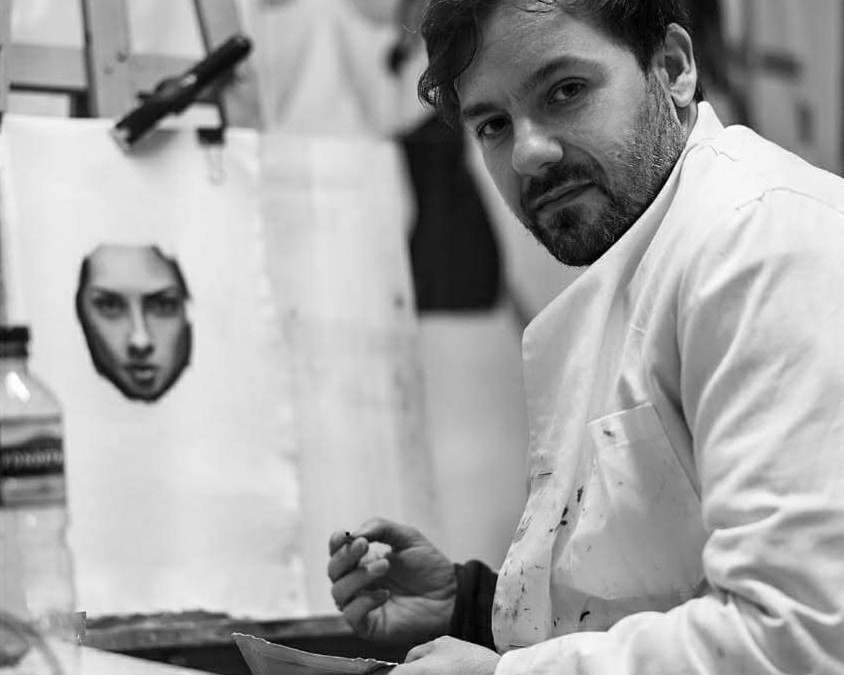
Starting on the artistic journey can be both exciting and intimidating. Here are some tips for beginners looking to embark on their artistic path:
Set aside time for regular practice
Developing your artistic skills takes time and consistent effort. Set a regular schedule for practicing and experimenting with different mediums, techniques, and styles.
Seek out feedback and constructive criticism
Feedback from other artists or art teachers can be valuable in identifying areas for improvement and gaining new perspectives on your work.
Network with other artists
Join art groups, attend workshops, and participate in exhibitions to connect with other artists, share experiences, and gain new insights.
Take advantage of online resources
The internet offers a wealth of resources for aspiring artists, including tutorials, forums, and online communities. Take advantage of these resources to learn new skills and connect with other artists from around the world.
Keep an open mind
Be open to trying new things and exploring different approaches to art. Embrace experimentation and don’t be afraid to make mistakes or take risks.
Starting an art journey can be a rewarding and fulfilling experience. With dedication, practice, and a willingness to learn and grow, anyone can develop their artistic skills and achieve their creative goals.
Five Things an Artist Needs to Be Successful
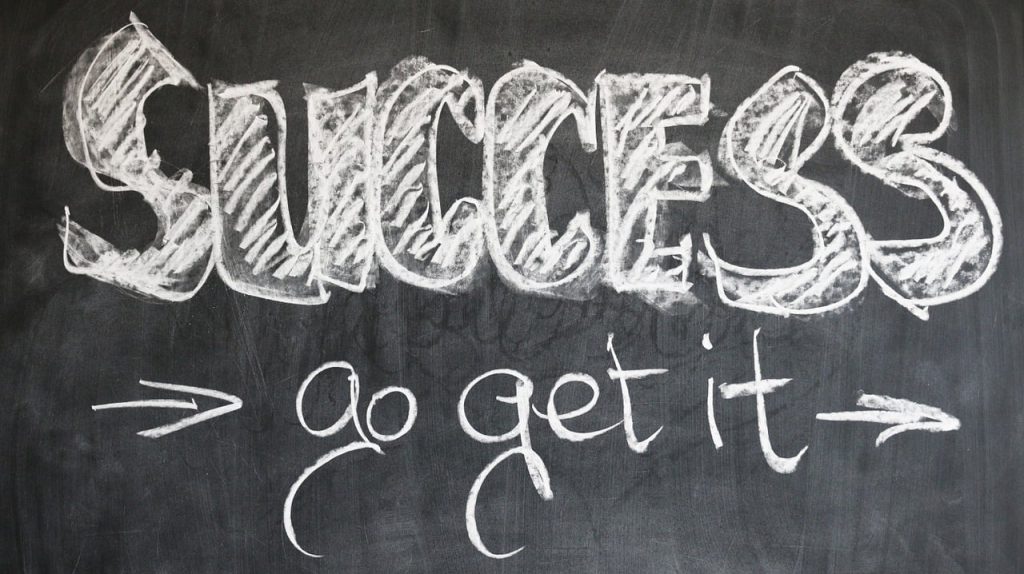
Embarking on an art journey, there are five essential elements that every aspiring artist should possess. These elements serve as the foundation for attaining success and cultivating a sustainable career in the captivating world of art.
1. Artistic Vision
A successful artist must have a clear artistic vision that guides their work. This vision gives artists a sense of direction and purpose and helps them create work that is unique and recognizable.
2. Technical Skills
Along with a strong artistic vision, an artist must possess the technical skills necessary to bring their vision to life. This includes skills such as drawing, painting, sculpting, or digital art, as well as knowledge of materials and techniques.
3. Persistence
The road to success as an artist is often long and filled with obstacles. Successful artists must have the persistence to continue creating and pursuing their goals, even when faced with rejection or setbacks.
4. Adaptability
The art world is constantly evolving, and successful artists must be able to adapt to new technologies, trends, and market demands. This means being open to trying new things and exploring new techniques and mediums.
5. Networking Abilities
Finally, successful artists must have strong networking abilities. This includes building relationships with other artists, industry professionals, and potential buyers, as well as effectively marketing their work and brand through social media and other platforms. Networking can lead to new opportunities and exposure, and is essential for building a successful career in the art world.
Skills Every Artist Should Know to Success on their Art Journey
Being an artist isn’t just about creating art. Navigating on an art journey involves many other important aspects for success. Some of these aspects are:
Understanding the Art Market: Knowing the art market and how it works is crucial for any artist who wants to make a living from their work. This includes knowing how to price your art, how to find the right market for your work, and how to approach galleries and other venues.
Legal and Copyright Issues: As an artist, it’s important to understand the legal and copyright issues that come with creating and selling art. This includes knowing how to protect your work, how to license your work, and how to avoid infringing on the work of others.
Social Media Presence: In today’s digital age, having a strong social media presence is essential for any artist. This includes having a website or blog to showcase your work, as well as being active on social media platforms like Instagram, Facebook, and Twitter.
Effective Marketing and Promotion: Marketing and promoting your work is key to success as an artist. This includes knowing how to create effective marketing materials like business cards and flyers, how to network with other artists and industry professionals, and how to approach potential clients and customers.
By comprehending these vital elements of the art journey, you can strategically position yourself for success in the fiercely competitive realm of art.
What Beginner Artists Should Practice
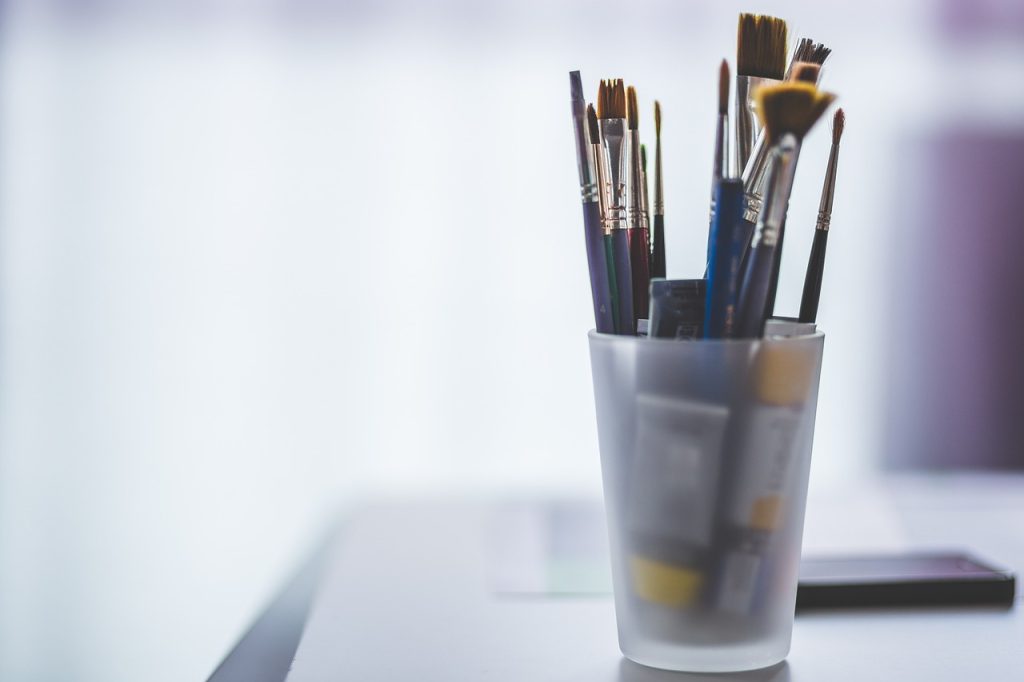
For beginner artists, it can be overwhelming to know where to start. However, there are some key areas that aspiring artists can focus on to build a solid foundation for their artistic practice.
Fundamentals: To create art, you need to have a basic understanding of the tools and techniques you’ll be using. Spend time practicing techniques such as drawing, painting, color theory, and composition. Something that still try to do these days is drawing something evert single day, that helps to loosen your hand and you´ll see a masive improvement over time
Experimentation: It’s important for beginner artists to experiment and try new things. Don’t be afraid to make mistakes and explore different mediums and styles. This will help you develop your own unique style. For instant, my Neophotorealism style comes from the experimentation.
Personal Style: Developing a personal style is key to standing out as an artist. Experiment with different techniques and subject matter to find what resonates with you, and then focus on developing that style.
Observation: One of the most important skills for an artist is the ability to observe. Practice looking at the world around you with an artist’s eye, and try to capture the essence of what you see in your work.
Patience: Creating art takes time and patience. Don’t get discouraged if things don’t turn out the way you want them to right away. Keep practicing and honing your skills, and you’ll see improvement over time.
By focusing on these key areas, beginner artists can start to develop the skills and style they need to succeed in the art world. Remember, the most important thing is to keep creating and pushing yourself to improve.
What Beginner Artists Need
When starting on an art journey, beginner artists need certain resources to help them build their skills and develop their creativity. Here are some of the essential things that every beginner artist should have:
Art supplies: The right art supplies can make all the difference in an artist’s work. Depending on the medium they work with, beginner artists will need materials such as paper, pencils, paints, brushes, canvas, and more.
Instructional materials: Instructional materials such as books, videos, online courses, or workshops can help beginners learn fundamental skills and techniques.
Guidance: It’s essential for beginner artists to have a mentor, teacher, or friend who can offer guidance and feedback on their work. A constructive critique from an experienced artist can help beginner artists improve their skills and gain confidence.
A supportive community: Joining a community of like-minded artists can provide beginner artists with a supportive network that can help them grow and learn. Whether it’s a local art group or an online community, connecting with other artists can offer inspiration, advice, and opportunities for collaboration.
Patience and perseverance: Learning to make art takes time and effort, so beginner artists need to be patient and persistent. It’s important for beginner artists to keep practicing, even if their early works don’t meet their expectations. I know this is not the first timee you read this in this article but believe me, practice is key and in order to improve by keep practicing you need patience and perseverance.
By having the right tools, guidance, and a supportive community, beginner artists can set themselves up for success and enjoy their art journey.
Understanding an Art Journey
An art journey is a path that artists follow as they create and develop their craft. It can be a complex and often challenging journey that requires a great deal of dedication and perseverance. There are many different components that can factor into an artist’s growth and success, including technical skill development, personal style exploration, networking and relationship building, marketing and promotion, and adapting to changes in the art market and industry.
At the heart of an artist’s journey is the creative process itself. Every artist has their own unique approach to creating art, and finding one’s personal style is an essential part of the journey. Developing technical skills is also critical, as it allows artists to execute their creative vision effectively and efficiently. In addition to these elements, artists must also navigate the business side of the industry, such as marketing their work, building relationships with buyers and collectors, and understanding the legal and financial aspects of being a professional artist.
The art journey is also influenced by factors such as personal experiences, cultural influences, and exposure to new ideas and perspectives. As artists continue to create and grow, they may find that their work evolves and changes, reflecting new ideas and experiences. Ultimately, the art journey is a lifelong process of learning, experimentation, and growth, and it requires a willingness to take risks, embrace challenges, and persist in the face of obstacles.
Making a Living as an Artist

While it’s certainly possible to make a living solely from art, it’s important to understand the realities of the industry and what it takes to succeed. One of the biggest challenges facing artists is the highly competitive and ever-changing nature of the market. To make a living from art, it’s essential to stay informed about industry trends and new technologies, and to be open to exploring new opportunities as they arise.
Another important factor to consider when pursuing a career in art is the need to diversify your income streams. Many successful artists supplement their art income with other jobs or freelance work, especially early in their careers. Building a strong portfolio and network of contacts is also essential, as it can open up new opportunities for commissions, exhibitions, and collaborations.
Networking is particularly important in the art world, as it can lead to connections with collectors, curators, and other industry professionals who can help advance your career. Social media platforms like Instagram and Twitter can be excellent tools for building your profile and connecting with potential clients and collaborators. Here´s my instagram, if this article is worth it for you come and say hello
It’s also important for artists to be proactive in seeking out opportunities and promoting their work. This might involve attending art fairs, submitting work to juried exhibitions, or even organizing your own shows and events. Online art galleries are also a great oportunity for emerging artists to find a place to shown their works, get exposure and eventually, start selling. This article might be really helpfull if you are want to sell your work in Saatchi Art Gallery. By being proactive and persistent in pursuing your artistic goals, you’ll be more likely to achieve the success you’re after.
Key Skills Every Artist Must Acquire on Their Art Journey
Becoming a successful artist takes more than just raw talent. To thrive in the art world, there are several skills that every artist should develop. Here are some of the key skills that can help take your art to the next level:
Technical abilities
Whether you’re a painter, sculptor, or digital artist, having a strong foundation in your chosen medium is essential. This includes understanding basic techniques, materials, and tools, as well as the ability to handle more advanced or specialized techniques.
Creativity
One of the defining features of any artist is their ability to think creatively and come up with unique and interesting ideas. This skill can be cultivated through regular practice, exposure to new experiences and perspectives, and pushing beyond your comfort zone.
Critical thinking
Being able to analyze and evaluate your own work and the work of others is important for growth and improvement as an artist. This involves understanding the principles of design, composition, color theory, and other aspects of art that contribute to successful works.
Communication
Whether you’re presenting your work to an audience or collaborating with other artists and clients, strong communication skills are vital. This includes the ability to articulate your ideas clearly, listen actively, and respond thoughtfully to feedback.
Marketing skills
In the modern art world, marketing and self-promotion are essential to building a successful career. This includes understanding the basics of branding, social media, and effective networking.
By developing these key skills, artists can set themselves up for success and create truly impactful works that resonate with audiences and collectors alike.
Five Things that Inspire Artists
Artists often find inspiration from a variety of sources that influence their creative process. From personal experiences to the world around them, inspiration can come from a multitude of places. Here are five things that commonly inspire artists:
1. Personal experiences
Many artists draw inspiration from their own life experiences, memories, and emotions. These personal experiences can often be seen in their artwork, whether through the use of specific colors, themes, or subject matter
2. Cultural and societal issues
Art has long been used as a means of social commentary and activism. Many artists are inspired by cultural and societal issues, such as politics, social justice, and environmental concerns. By using their art to address these issues, artists can bring attention to important topics and effect change
3. The Human Being
Artists have long been inspired by the human being. The complexity of the human form, emotions, and experiences have been explored in art throughout history. The exploration of the human condition will continue to be a compelling subject for artists to represent in their work.
4. Nature
The natural world is a common source of inspiration for many artists. From the vibrant colors of a sunset to the intricate patterns found in a leaf, nature provides endless opportunities for artists to explore and create.
5. Other Artists
Artists are often inspired by the work of their peers, mentors, and those who have come before them. Whether it’s studying the techniques of a favorite painter or being moved by a powerful piece of sculpture, exposure to the work of other artists can spark new ideas and approaches.
The Art Journey: Habits of Successful Artists
Developing good habits is key to success in any field, and art is no different. Successful artists often have habits that they cultivate to help them become better at their craft. Consistency is one of the most important habits that an artist can have. Setting aside dedicated time to create art and making it a regular part of their routine is crucial for success.
In addition to consistency, seeking inspiration from a variety of sources is also vital. This can include nature, other artists, and cultural and societal issues. By seeking out new inspiration and ideas, artists can keep their work fresh and interesting.
Another important habit is seeking feedback from peers, mentors, and critics. This helps artists improve their work and grow as artists. Constructive criticism can be invaluable in helping an artist develop their skills and style.
Successful artists are also not afraid to experiment with new techniques, styles, and mediums to develop their own unique voice and style. This experimentation can be a great way to push boundaries and try new things.
Finally, successful artists understand that there is always more to learn and they continue to develop their technical skills and knowledge. By incorporating these habits into their art practice, artists can improve their skills, expand their creativity, and increase their chances of success.
10 Things Most People Don’t Know about Artists
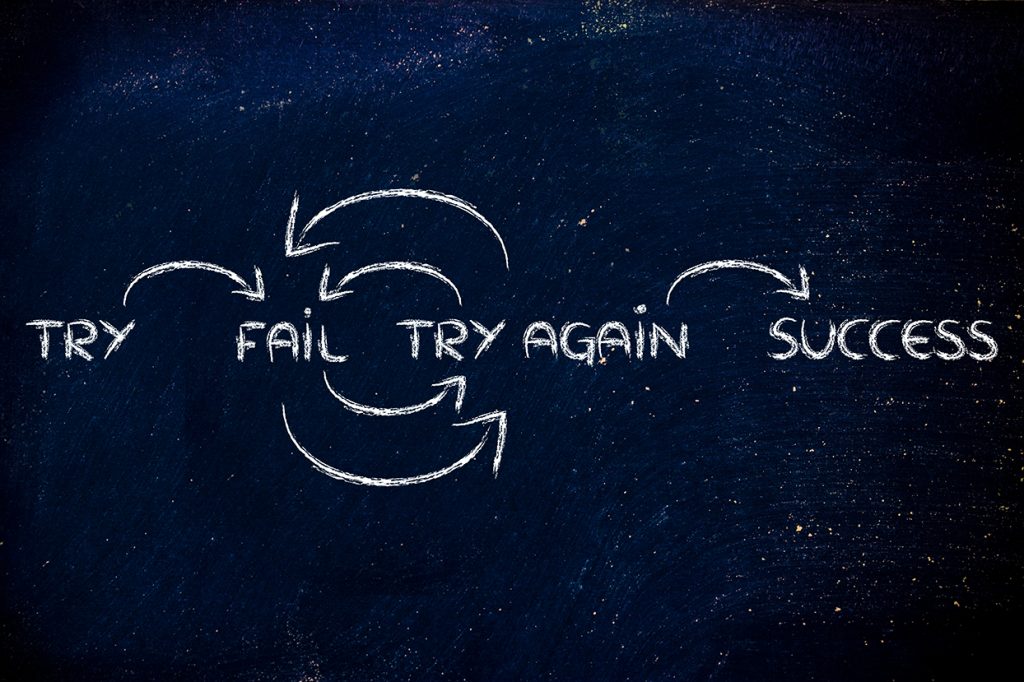
1. The majority of artists experience rejection and failure before achieving success.
It’s important for aspiring artists to remember that rejection and failure are a normal part of the art journey. In fact, the majority of successful artists have experienced setbacks and disappointment before achieving their goals. It’s crucial to view these challenges as opportunities for growth and learning, and to continue pushing forward with dedication and perseverance. With hard work and a willingness to learn from mistakes, any artist can overcome rejection and find success in their chosen field.
2. Many artists struggle with self-doubt and imposter syndrome throughout their careers
Self-doubt and imposter syndrome are common challenges that artists face throughout their careers. Despite their talent and accomplishments, many artists may feel like they don’t truly belong in the art world or that their work isn’t good enough. It’s important for artists to recognize and address these feelings in order to move forward and continue to create with confidence.
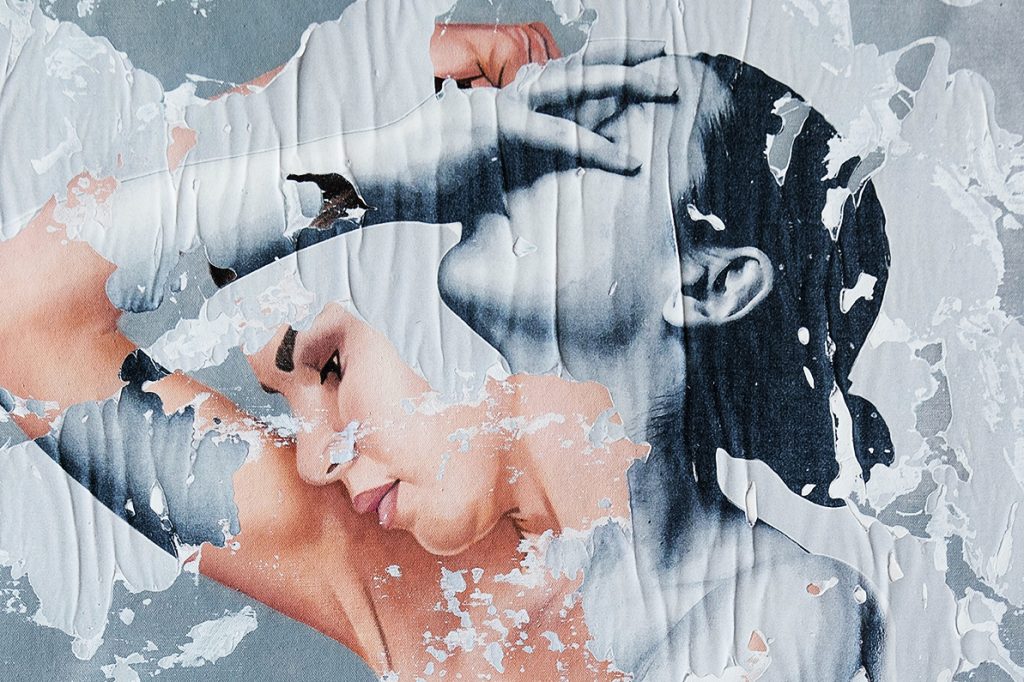

3. Networking and building relationships with other artists, industry professionals, and supporters is essential for an artist’s success.
For an artist to thrive in the industry, building relationships with other artists, industry professionals, and supporters is essential. It allows artists to collaborate, learn, and showcase their work to a broader audience, providing more opportunities for growth and success. Networking can be done through attending events, joining artist communities, and utilizing social media to connect with other creatives.
4. Balancing creative work with business and marketing efforts is a significant challenge for many artists.
For many artists, balancing creative work with the demands of running a business and marketing their work can be a significant challenge. However, it is a crucial aspect of achieving success in the art world. Developing strong marketing and business skills can help artists build a sustainable career and achieve their goals.

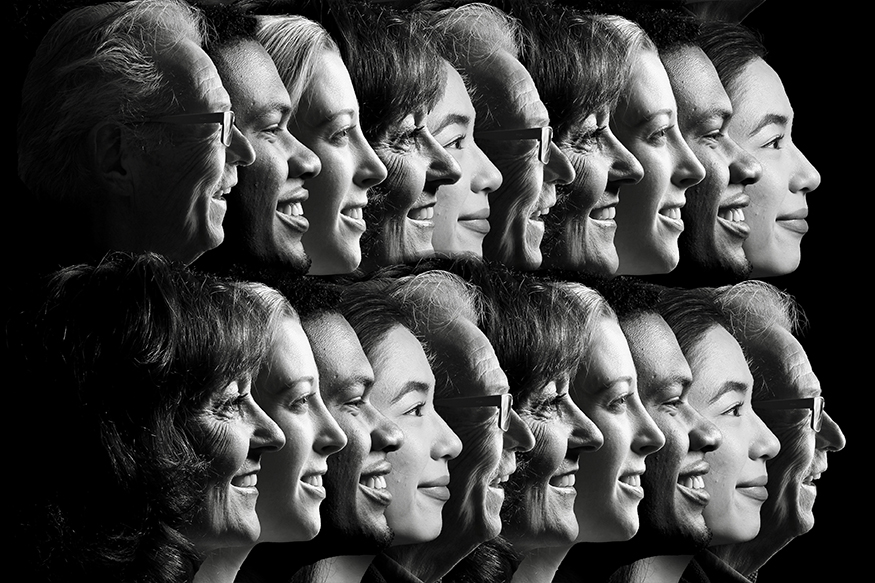
5. Traveling and experiencing different cultures can greatly influence an artist’s work and growth.
Experiencing new places and cultures can be a great source of inspiration for artists, as it can expose them to new ideas, perspectives, and artistic techniques. Many artists find that traveling helps them break out of creative ruts and gain fresh insights into their work. By immersing themselves in different environments, they can expand their artistic vision and challenge themselves to grow in new directions.
6. The process of creating art can be mentally and emotionally taxing, leading to burnout and the need for self-care.
The process of creating art can be incredibly fulfilling, but it can also be mentally and emotionally taxing. Artists often pour their heart and soul into their work, which can lead to burnout and the need for self-care. It’s important for artists to take breaks, practice self-care, and find healthy ways to manage stress and emotions. This can help them maintain their creativity and passion over the long term.
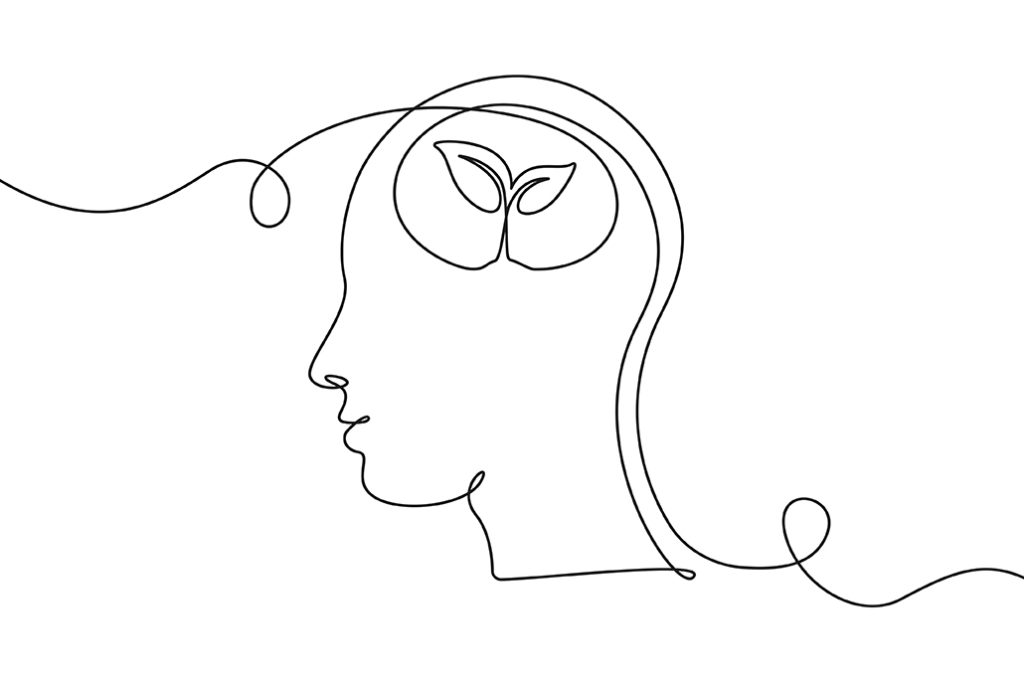
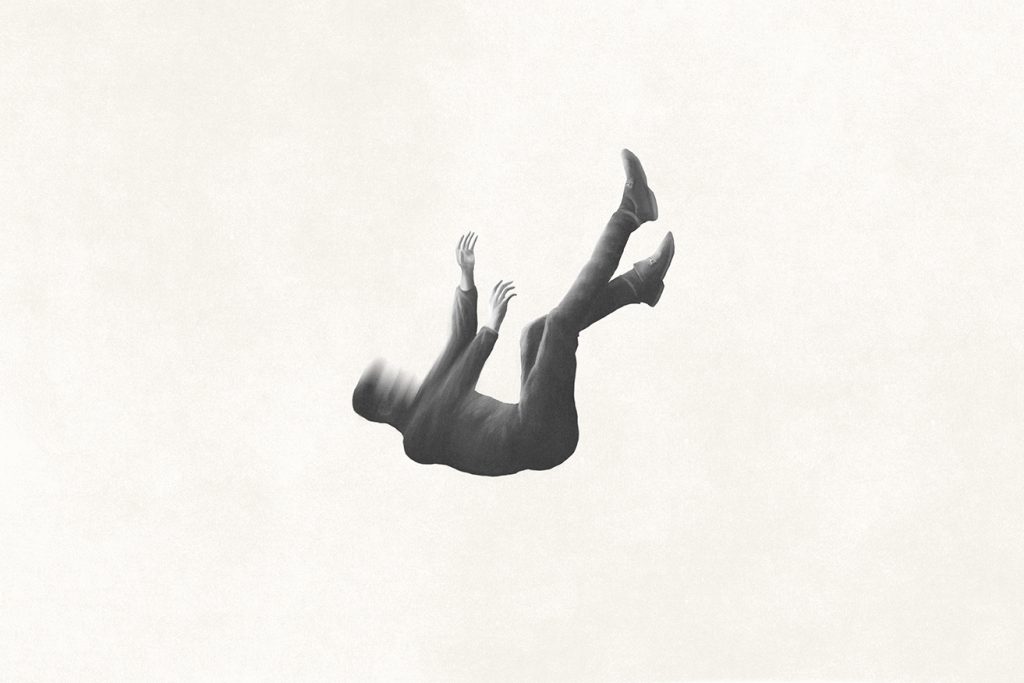
7. Almost all artist experience the Fear of Failure, many of them their entire career
Artists are often plagued by fear of failure. They worry that their work will not be well-received, and that they will be criticized. This fear can be debilitating and can prevent artists from putting their work out into the world.
8. The Constant Search for Inspiration is a daily challenge on artists journal
As an artist, one of the biggest challenges is finding inspiration. It can be elusive, and when it does appear, it is often fleeting. Many artists find themselves constantly searching for new inspiration, whether it be through travel, reading, or simply observing the world around them. This constant search for inspiration can be draining and can take a toll on an artist’s mental and emotional well-being.
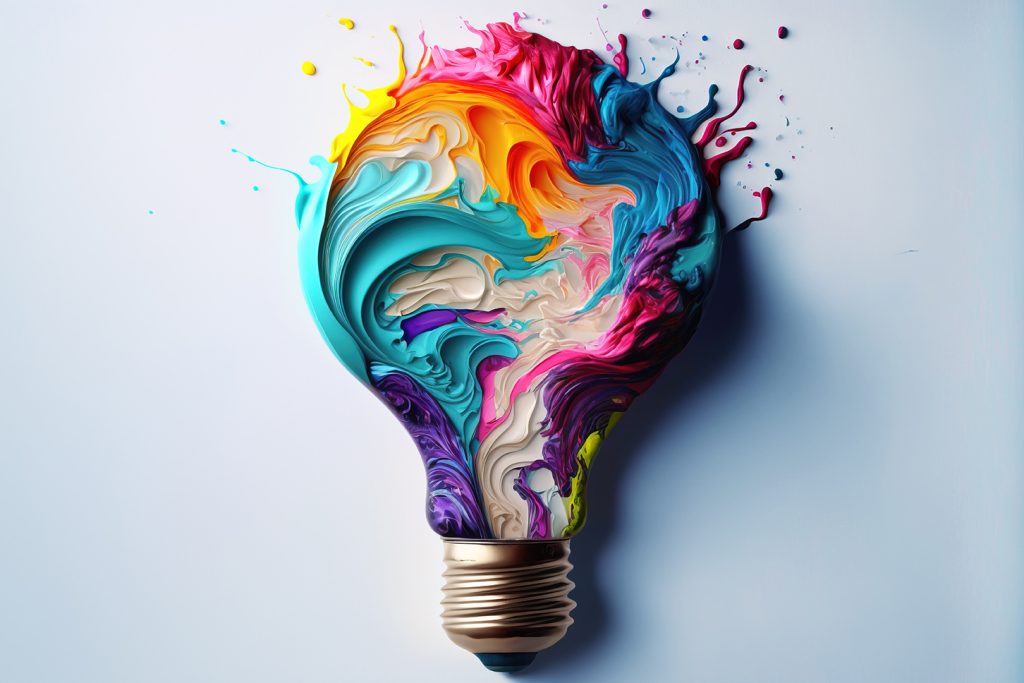
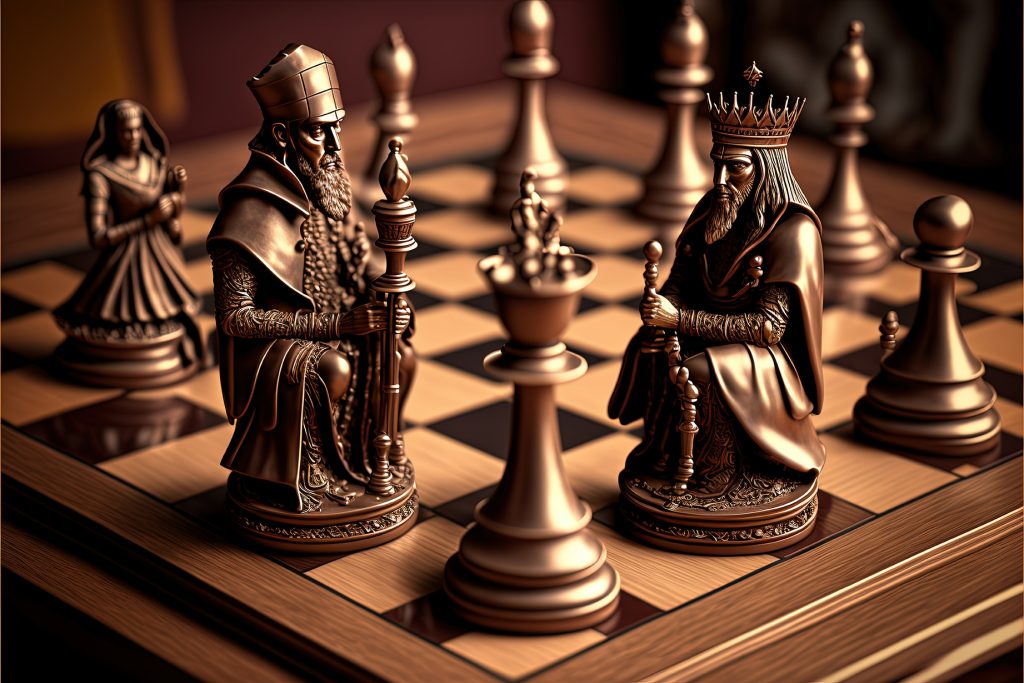
9. The art world is highly competitive, and navigating it requires perseverance and resilience.
The art world is a challenging and competitive field, and many artists struggle to navigate it successfully. Those who achieve success often do so through persistence, resilience, and a willingness to keep creating and pushing forward, even in the face of rejection and setbacks. While it can be a difficult path, the rewards of a career in the arts can be immense, both in terms of personal fulfillment and professional achievement.
10. Most successful artists have to continuously adapt to new technologies, trends, and market demands
The art industry is constantly evolving, and it is important for artists to stay current and adapt to new technologies, trends, and market demands. Successful artists understand the need for ongoing learning and growth to stay relevant and competitive in the industry.

Conclusion
In conclusion, embarking on an art journey can be a challenging but incredibly rewarding experience. Throughout this article, I’ve shared insights on what it takes to succeed in this competitive field, from the realities of the industry to the skills and resources needed for success. Whether you’re a beginner or a seasoned professional, it’s important to understand the many facets of an artist’s journey, from personal style development to navigating the art market and building a strong network.
Remember, becoming a successful artist requires dedication, persistence, and a willingness to learn and grow. It’s essential to set aside time for practice and experimentation, seek out feedback, and continually work on developing your technical abilities and personal vision. With the right mindset and resources, anyone can pursue their passion for art and achieve their goals. So, keep creating, keep learning, and never give up on your artistic journey.


